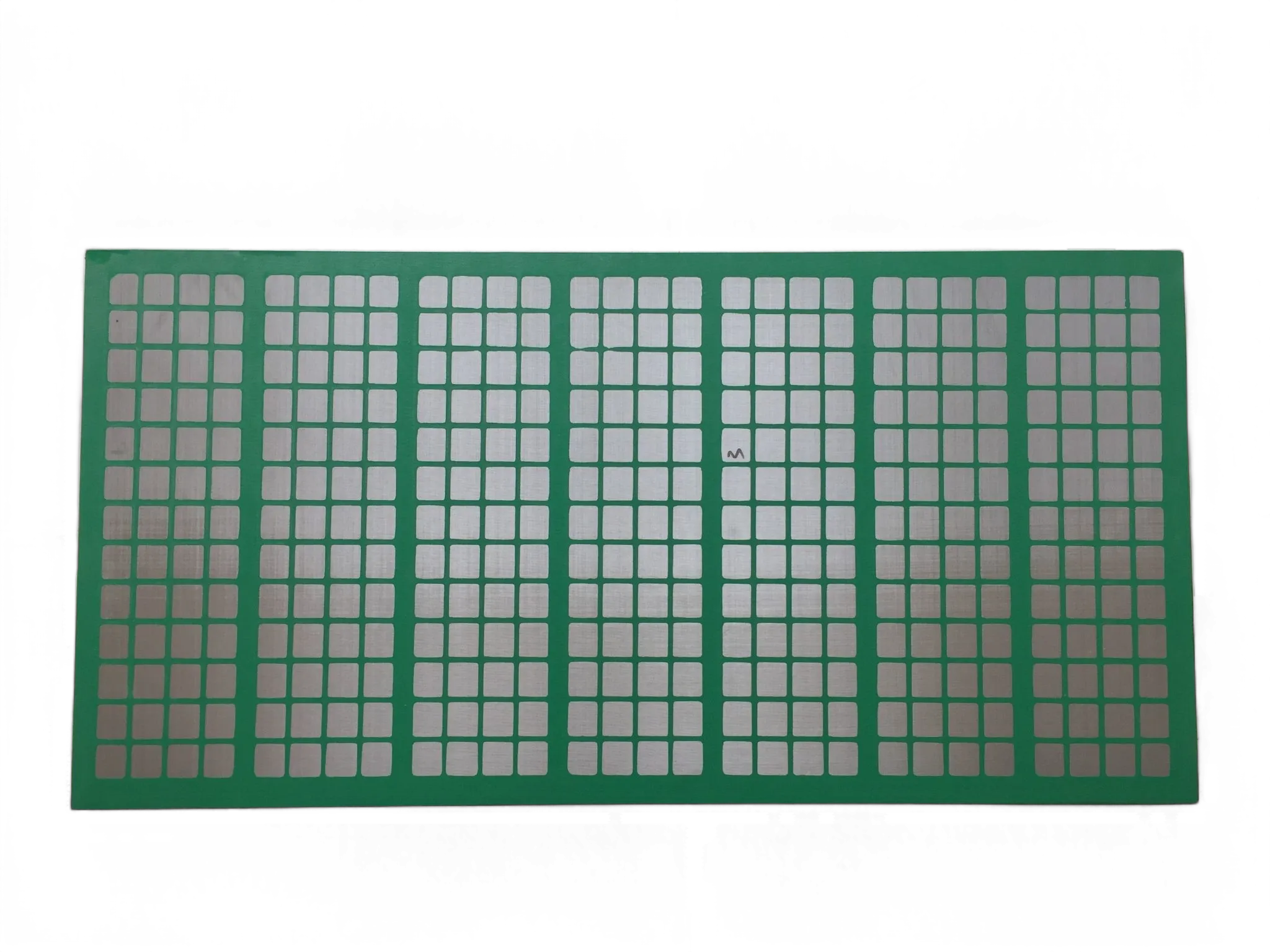- Industrial zone, South of Anping Town, Hengshui, Hebei, China.
- sales@hfpetromesh.com
- +86-18931809706
 Afrikaans
Afrikaans  Albanian
Albanian  Amharic
Amharic  Arabic
Arabic  Armenian
Armenian  Azerbaijani
Azerbaijani  Basque
Basque  Belarusian
Belarusian  Bengali
Bengali  Bosnian
Bosnian  Bulgarian
Bulgarian  Catalan
Catalan  Cebuano
Cebuano  Corsican
Corsican  Croatian
Croatian  Czech
Czech  Danish
Danish  Dutch
Dutch  English
English  Esperanto
Esperanto  Estonian
Estonian  Finnish
Finnish  French
French  Frisian
Frisian  Galician
Galician  Georgian
Georgian  German
German  Greek
Greek  Gujarati
Gujarati  Haitian Creole
Haitian Creole  hausa
hausa  hawaiian
hawaiian  Hebrew
Hebrew  Hindi
Hindi  Miao
Miao  Hungarian
Hungarian  Icelandic
Icelandic  igbo
igbo  Indonesian
Indonesian  irish
irish  Italian
Italian  Japanese
Japanese  Javanese
Javanese  Kannada
Kannada  kazakh
kazakh  Khmer
Khmer  Rwandese
Rwandese  Korean
Korean  Kurdish
Kurdish  Kyrgyz
Kyrgyz  Lao
Lao  Latin
Latin  Latvian
Latvian  Lithuanian
Lithuanian  Luxembourgish
Luxembourgish  Macedonian
Macedonian  Malgashi
Malgashi  Malay
Malay  Malayalam
Malayalam  Maltese
Maltese  Maori
Maori  Marathi
Marathi  Mongolian
Mongolian  Myanmar
Myanmar  Nepali
Nepali  Norwegian
Norwegian  Norwegian
Norwegian  Occitan
Occitan  Pashto
Pashto  Persian
Persian  Polish
Polish  Portuguese
Portuguese  Punjabi
Punjabi  Romanian
Romanian  Russian
Russian  Samoan
Samoan  Scottish Gaelic
Scottish Gaelic  Serbian
Serbian  Sesotho
Sesotho  Shona
Shona  Sindhi
Sindhi  Sinhala
Sinhala  Slovak
Slovak  Slovenian
Slovenian  Somali
Somali  Spanish
Spanish  Sundanese
Sundanese  Swahili
Swahili  Swedish
Swedish  Tagalog
Tagalog  Tajik
Tajik  Tamil
Tamil  Tatar
Tatar  Telugu
Telugu  Thai
Thai  Turkish
Turkish  Turkmen
Turkmen  Ukrainian
Ukrainian  Urdu
Urdu  Uighur
Uighur  Uzbek
Uzbek  Vietnamese
Vietnamese  Welsh
Welsh  Bantu
Bantu  Yiddish
Yiddish  Yoruba
Yoruba  Zulu
Zulu
- Afrikaans
- Albanian
- Amharic
- Arabic
- Armenian
- Azerbaijani
- Basque
- Belarusian
- Bengali
- Bosnian
- Bulgarian
- Catalan
- Cebuano
- Corsican
- Croatian
- Czech
- Danish
- Dutch
- English
- Esperanto
- Estonian
- Finnish
- French
- Frisian
- Galician
- Georgian
- German
- Greek
- Gujarati
- Haitian Creole
- hausa
- hawaiian
- Hebrew
- Hindi
- Miao
- Hungarian
- Icelandic
- igbo
- Indonesian
- irish
- Italian
- Japanese
- Javanese
- Kannada
- kazakh
- Khmer
- Rwandese
- Korean
- Kurdish
- Kyrgyz
- Lao
- Latin
- Latvian
- Lithuanian
- Luxembourgish
- Macedonian
- Malgashi
- Malay
- Malayalam
- Maltese
- Maori
- Marathi
- Mongolian
- Myanmar
- Nepali
- Norwegian
- Norwegian
- Occitan
- Pashto
- Persian
- Polish
- Portuguese
- Punjabi
- Romanian
- Russian
- Samoan
- Scottish Gaelic
- Serbian
- Sesotho
- Shona
- Sindhi
- Sinhala
- Slovak
- Slovenian
- Somali
- Spanish
- Sundanese
- Swahili
- Swedish
- Tagalog
- Tajik
- Tamil
- Tatar
- Telugu
- Thai
- Turkish
- Turkmen
- Ukrainian
- Urdu
- Uighur
- Uzbek
- Vietnamese
- Welsh
- Bantu
- Yiddish
- Yoruba
- Zulu
Aluminum Grating Weight Calculator | Lightweight Solutions for Your Projects
Understanding Aluminum Grating Weight A Comprehensive Overview
Aluminum grating is a widely used material in various industries due to its strength, lightweight properties, and resistance to corrosion. Understanding the weight of aluminum grating is essential for engineers and contractors who must consider load-bearing capacities, transportation costs, and installation practices. This article will explore the factors that influence the weight of aluminum grating and its implications for practical applications.
Factors Influencing Aluminum Grating Weight
The weight of aluminum grating is primarily determined by its design, type, and dimensions. The grating can come in various styles, including welded, swaged, or riveted types. Each style has a different method of fabrication, which affects the overall weight. For instance, welded aluminum grating tends to be heavier due to the additional material used in the weld joints, while swaged grating can reduce weight with its interlocking design.
The size of the grating is another critical factor. Aluminum gratings are available in different thicknesses and span lengths. Thicker materials naturally weigh more, and longer spans usually require additional support, which can also add to the overall weight. Furthermore, the spacing between the bars in the grate can impact weight; closer spacing will increase the amount of aluminum used, thus increasing the overall weight.
Weight Considerations for Applications
aluminum grating weight

When selecting aluminum grating for a particular application, it is crucial to consider the weight in relation to load-bearing requirements. In industrial settings, grating often supports heavy machinery or pedestrian traffic. Therefore, understanding the weight capacity based on the grating's design and thickness is imperative. Manufacturers typically provide load tables, which help users select the appropriate grating based on weight and anticipated loads.
Additionally, the weight of the grating affects transportation and installation. Lighter gratings are easier to handle and can reduce shipping costs, which is particularly important for large projects. In contrast, heavier grating might require specialized equipment for loading and installation, adding to overall project costs. Therefore, contractors should weigh both the benefits of weight savings against the required strength for their specific use cases.
Conclusion
Aluminum grating is a versatile material that offers significant advantages in various applications, primarily due to its lightweight characteristics coupled with excellent strength and resistance to corrosion. As projects vary widely in their requirements, understanding the influences on aluminum grating weight is essential for effective design, cost management, and safe application. Ultimately, selecting the right type of aluminum grating involves balancing weight considerations with structural needs to ensure safety, functionality, and cost-effectiveness in any project.
By taking the time to thoroughly understand the factors affecting aluminum grating weight, professionals in construction and manufacturing can make informed decisions that enhance both performance and value in their projects. Whether for walkways, platforms, or machinery supports, aluminum grating offers a reliable solution when carefully selected and applied.
-
Welded Steel Bar Grating: The Strongest Choice for Industrial FlooringNewsMay.21,2025
-
Steel Grating for Sale: The Ultimate Anti-Slip SolutionNewsMay.21,2025
-
Steel Frame Shaker Screens: Unmatched Durability for Demanding OperationsNewsMay.21,2025
-
Shaker Screens: Your Ultimate Solution for Oil & Gas FiltrationNewsMay.21,2025
-
Press Locked Steel Grating: The Smarter Choice for Heavy-Duty FlooringNewsMay.21,2025
-
Helicopter Deck Safety Nets: Protect Your Crew and EquipmentNewsMay.21,2025